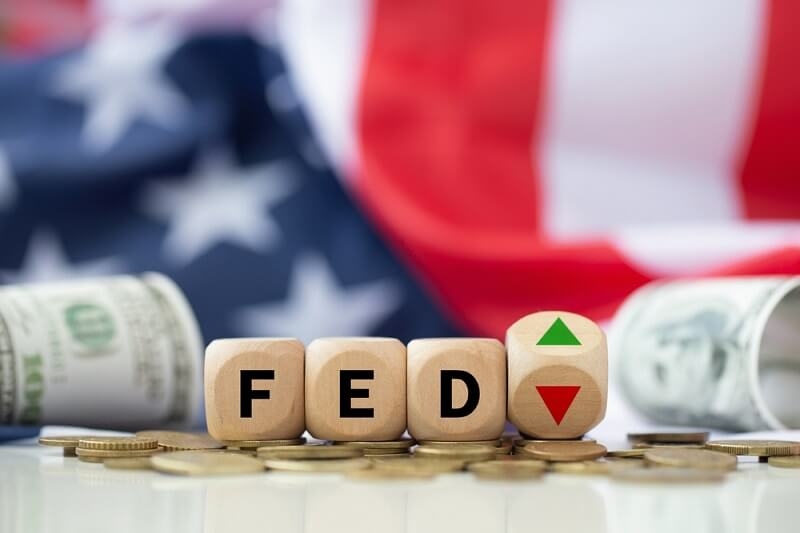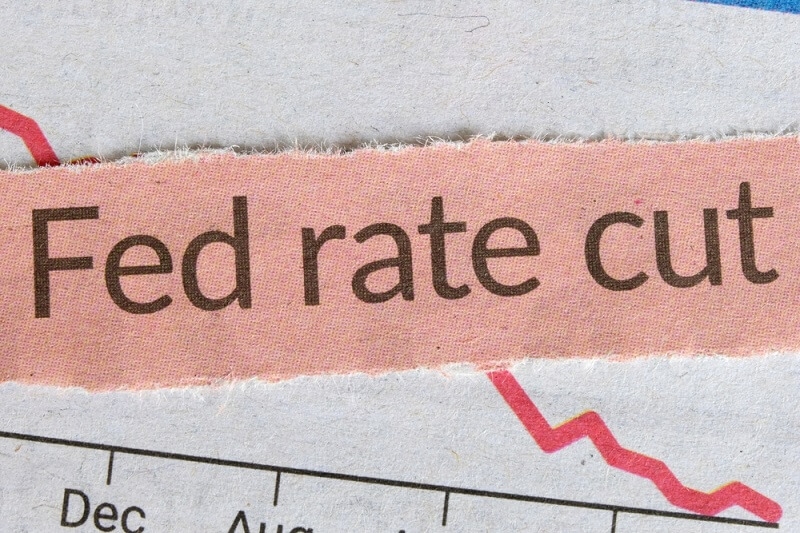
Few economic decisions have a cascading impact like the U.S. Federal Reserve. The Fed's interest rate policies affect the cost of borrowing for companies, consumers, and the entire financial ecosystem. Understanding the Fed Reserve is essential as an investor, regardless of whether you invest in stocks, bond yields, real estate, or retirement accounts.
This comprehensive guide will address the Fed's interest rate policy and its effect on different asset classes. It will also include strategies for your investment portfolio across different economic conditions, including what interest rate hikes may mean for consumer inflation, housing, and the future of long-term investing.
The Federal Reserve (the Fed) is the central bank of the United States. It is responsible for managing inflation and ensuring the stability of our economy. One of the main levers the Fed can use to manage inflation is the federal funds rate, which banks use to borrow and lend money overnight.
When it changes the federal funds rate, the Fed has direct or indirect influence on:
When the Fed raises rates, borrowing costs increase, slowing spending and inflation. When the Fed decreases rates, borrowing costs decrease, stimulating growth.
This is important to understand when considering your investment strategies and trying to determine the impact of the Fed's interest rate policy on your investments.
Changes in interest rates significantly affect real estate. When the Fed increases or decreases its benchmark rate, mortgage lenders adjust their rates accordingly.
Knowing how Fed rates impact mortgage rates is imperative for home buyers and investors. Higher rates can diminish the amount of borrowing available. Reduced cash flow from rental properties or increased costs of existing variable-rate loans may also result from higher rates.
Interest rate movements directly influence bonds. When rates rise, bond prices typically fall.
Existing bonds with lower yields become less attractive than newly issued bonds with higher interest rates.
This dynamic defines the Fed rate hikes' effect on bonds and challenges fixed-income investors.
While bonds are usually considered safe assets, rising rates can erode their value, especially if you're not strategically positioned.
Stock markets tend to be volatile around Fed decisions. While some rate hikes spook investors, others are already priced in.
Understanding the post-rate-hike stock market outlook helps investors anticipate sector rotations and adjust portfolios accordingly.
A Fed tightening cycle is when interest rates gradually increase to control inflation. These cycles can last months or years.
Investing during Fed tightening cycles requires discipline and strategy.
Patience is key. Many investors overreact during early rate hikes, missing long-term gains when the market stabilizes.

One of the Fed’s main goals is managing inflation. When prices rise too quickly, the Fed steps in with rate hikes to cool down the economy.
Understanding Fed policy and consumer inflation helps investors prepare for the following risks and opportunities.
A solid strategy factors in inflation protection while allowing room for long-term growth.
Some investors shift toward holding cash during rising-rate periods, but this can be a costly mistake if inflation is outpacing interest earnings.
Instead of overloading on cash, consider high-yield savings, money market funds, or short-duration bond ETFs that align with your liquidity needs while offering returns above inflation.
Fed policy impacts asset classes differently. That’s why building a diversified portfolio is crucial for long-term resilience.
Don’t let your portfolio depend too heavily on one outcome. With the impact of the Fed interest rate policy varying by sector and asset class, spreading risk is your best defense.
Fed announcements often cause short-term market panic or euphoria. Reacting emotionally to these swings can harm your returns.
Successful investors stay calm and strategic—even when others are driven by fear or excitement. Stay informed, but don’t be reactive.
The Fed's policies are significant for long-term savers, particularly retirees or those nearing retirement. Rate hikes can affect everything from pension valuations to bond yields and inflation’s impact on living costs.
Understanding how the Fed’s interest rate policy could shape U.S. investment strategies can help retirees preserve purchasing power while seeking stable income sources.
As rate hikes cool an overheating economy, rate cuts stimulate growth during slowdowns or recessions.
Investors should prepare for both cycles, knowing that while tightening requires caution and selectivity, easing may call for growth-oriented positioning.
The Fed's interest rate policy significantly influences the U.S. investment environment. Understanding how it affects bonds, equities, mortgages, and inflation will make investors capable of making wiser and more resilient decisions.
Whether you are repositioning your portfolio in the wake of Fed tightening cycles or considering the prospects for the stock market after an interest rate hike, staying educated and knowledgeable will prepare you for what the Fed ultimately does next.
This content was created by AI